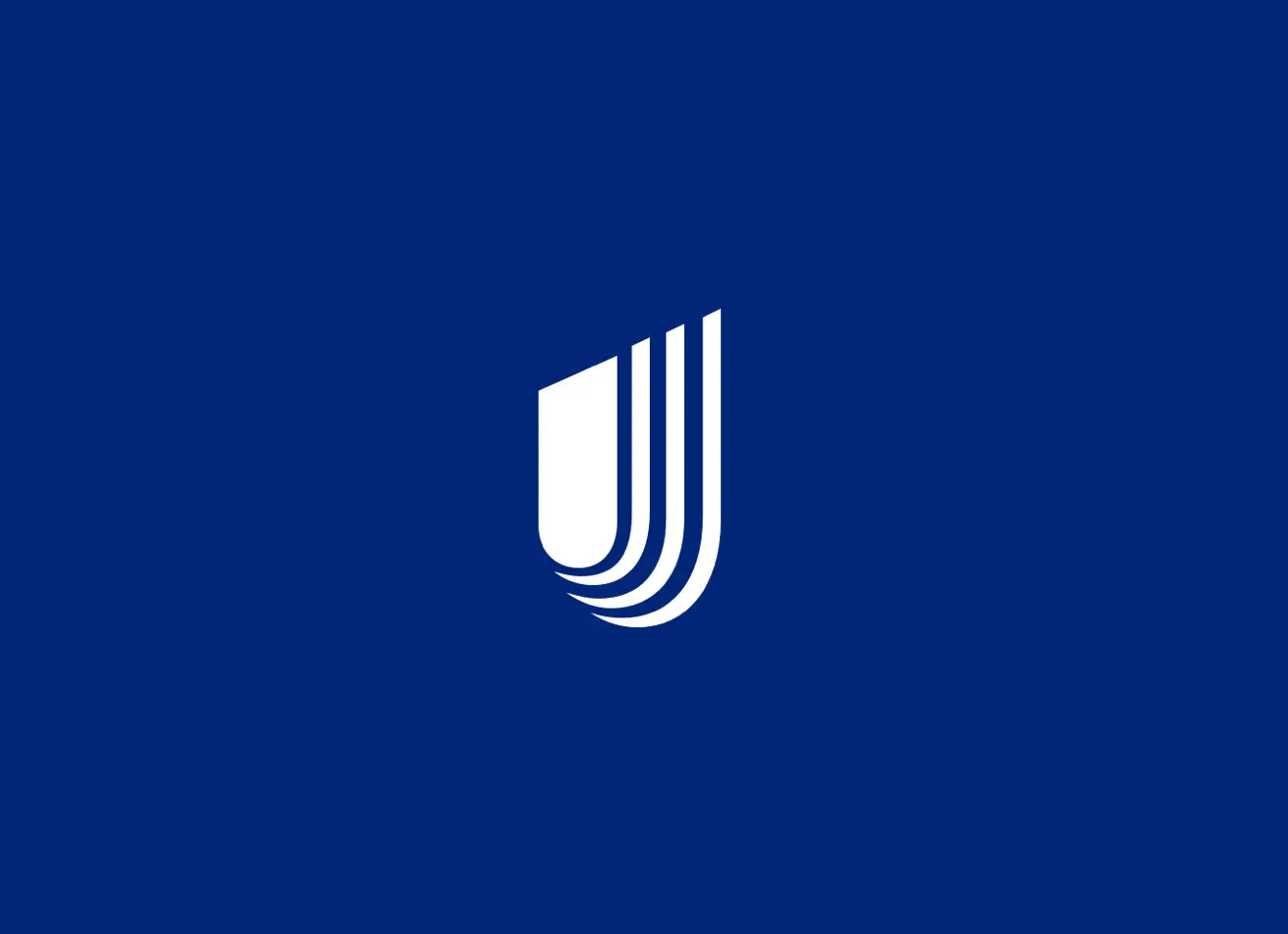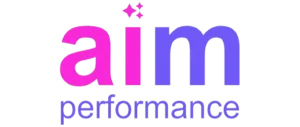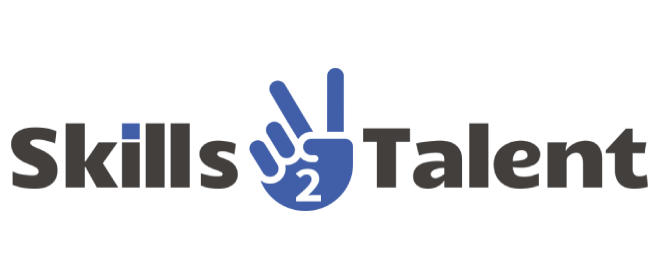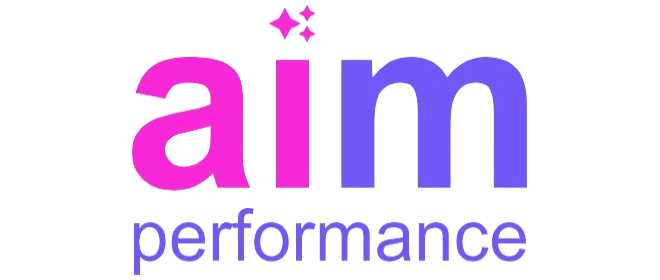Effective leave management is a cornerstone of smooth operations, especially for industries dependent on blue-collar employees. By integrating performance management into leave management processes, organizations can streamline workflows, reduce disruptions, and foster employee satisfaction.
The Importance of Leave Management for Blue-Collar Employees
For blue-collar employees, who are often engaged in physically demanding and time-sensitive roles, leave management is not merely administrative—it’s critical for ensuring operational continuity. Unplanned absences or inconsistencies in leave approval can disrupt workflows, affecting productivity and team morale. A structured leave management system ensures that operational needs and employee entitlements are balanced effectively.
Performance management systems introduce a transparent approach to leave policies and approvals. Through these systems, organizations can automate the tracking and processing of leave requests, reducing manual errors and delays. Employees feel valued when their leave entitlements are clear and fairly managed, promoting a culture of trust and mutual respect.
Challenges in Leave Management for Blue-Collar Workforce
Leave management for blue-collar employees presents unique challenges due to the nature of their roles. Their work often involves shift rotations and on-site responsibilities, where one absence can affect the entire team. Manual processes for managing leaves are prone to errors and lack real-time visibility, often leading to understaffed shifts or overworked employees.
A PMS addresses these challenges by centralizing leave data and integrating it with workforce schedules. Managers can anticipate potential absenteeism by analyzing historical trends and adjusting resources proactively. This systematic approach not only ensures smooth operations but also minimizes workplace stress for other team members during absences.
How PMS Aligns Leave Policies with Organizational Goals
A robust performance management system ensures that leave policies align with both employee rights and business goals. Blue-collar employees often rely on clear guidelines regarding leave entitlements, but inconsistencies can create dissatisfaction. PMS offers a standardized framework, enabling organizations to manage leave requests efficiently while adhering to labor laws.
By integrating leave policies into the broader performance management strategy, businesses can synchronize operational demands with employee needs. For example, PMS can help prioritize leave approvals based on performance metrics and workload forecasts, ensuring that no department is left understaffed during critical periods.
Boosting Employee Morale Through Transparent Leave Processe
Transparency in leave management processes is essential for maintaining employee trust and morale. Blue-collar workforce often face frustration when leave requests are delayed or handled unfairly. A transparent system reduces ambiguity and fosters a sense of fairness.
PMS provides employees with real-time visibility into their leave balances, approval statuses, and entitlements. By empowering employees with information, PMS ensures they feel respected and valued. This sense of fairness translates into higher job satisfaction and loyalty, reducing absenteeism and turnover.
Real-Time Tracking and Reporting Benefits
Real-time tracking and reporting are among the most valuable features of a PMS integrated with leave management. Managers can instantly access an employee’s attendance history, leave trends, and current availability, ensuring informed decision-making.
These insights allow HR and supervisors to manage shifts and workloads effectively. For instance, during peak business periods, managers can identify patterns of absenteeism and allocate resources proactively to maintain productivity. Additionally, detailed reporting capabilities provide organizations with actionable insights to refine leave policies and predict future workforce needs.
The Role of Automation in Leave Management
Automation is transforming leave management by eliminating inefficiencies associated with manual processes. Blue-collar workforce, in particular, benefit from a streamlined, automated approach that simplifies leave applications and approvals.
Through automation, PMS ensures that leave requests are processed promptly and in compliance with organizational policies. Employees can apply for leave through user-friendly platforms like mobile apps or web portals, and managers can approve or reject requests with minimal effort. This level of efficiency not only reduces administrative workloads but also enhances the employee experience.
Integration of Leave Management with Attendance Systems
A seamless connection between leave management and attendance tracking is crucial for blue-collar workforce management. Performance management systems integrate these functions to offer a holistic view of workforce availability.
For example, managers can review an employee’s attendance records alongside their leave history to make data-driven decisions. This integration also helps identify patterns, such as frequent unplanned absences, enabling timely interventions. By maintaining accurate records and offering a unified platform, PMS ensures both accountability and operational efficiency.
Enhancing Operational Efficiency Through Performance Metrics
Performance metrics provide valuable insights into optimizing leave management without compromising operational goals. PMS uses these metrics to balance workforce demands with individual leave requirements.
For instance, by monitoring performance and attendance trends, organizations can allocate leave approvals strategically. Employees who demonstrate reliability and high performance may be prioritized during busy periods, reinforcing a culture of recognition and fairness. Such data-driven decisions improve overall efficiency, ensuring that productivity remains consistent even during high absenteeism periods.
Future of Leave with AI and PMS
Artificial intelligence (AI) is reshaping how leave is managed, making the process predictive and adaptive. When integrated with performance management systems (PMS), AI tools analyze historical data to recommend optimal leave schedules that minimize disruptions. This ensures a seamless balance between employee needs and operational demands.
For example, AI-powered systems can identify patterns, such as peak absenteeism periods, and help organizations prepare by reallocating resources or adjusting workflows. Additionally, personalized suggestions for employees ensure that their leave preferences align with company goals, creating a win-win situation. This forward-looking approach keeps businesses agile and well-prepared for workforce challenges.
Conclusion
Performance management systems bring a transformative approach to leave management for the blue-collar workforce. By combining transparency, automation, and data-driven insights, PMS not only enhances employee satisfaction but also ensures operational efficiency. As organizations adopt AI-powered solutions, leave management will continue to evolve, offering smarter, more flexible processes.











